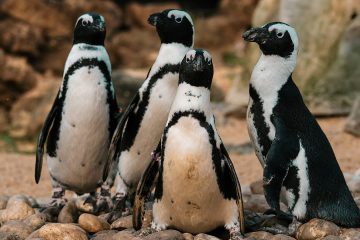The Fascinating Journey of Baby Reindeer

Introduction
Baby reindeer, also known as calves, are more than just adorable creatures; they play a crucial role in the ecosystems of the Arctic and sub-Arctic regions. Understanding their lifecycle and habitat is vital for wildlife conservation and the preservation of indigenous cultures that rely on reindeer herding. This article explores the development, behaviours, and significance of baby reindeer in both natural and human contexts.
Development and Life Cycle
Reindeer typically calve in late May to early June when food resources are abundant—just in time for summer grazing. Newborn calves weigh around 3-5 kilograms and can stand and run within just a few hours of birth. This rapid development is crucial for survival, as predators such as wolves and bears are prevalent.
The mother reindeer’s milk is rich in fat and provides the necessary nutrients for the calf to grow quickly. By the end of summer, calves can weigh up to 30 kilograms. They are weaned by autumn, making them more independent, but they still often remain with their mothers for protection and guidance.
Habitat and Behaviour
Baby reindeer are typically found in tundra and boreal forests across the northern regions of Europe, Asia, and North America. They are well adapted to their cold environments, with a thick coat that provides insulation against frigid temperatures.
Social animals, baby reindeer live in groups, often called herds, where they learn essential social behaviours from their peers and adults. The calves are curious and playful, which helps them develop skills necessary for foraging and evading predators.
Cultural Significance
In many Indigenous cultures, particularly among the Sami people of Scandinavia, reindeer are not just animals; they are part of a cultural identity and livelihood. The herding of reindeer provides resources like food, clothing, and materials for shelter. Baby reindeer symbolize new life and are often celebrated in various customs and traditions.
Conclusion
The significance of baby reindeer extends beyond their graceful appearance and playful nature. They serve as indicators of environmental health, contributing to biodiversity in their ecosystems. Concern over climate change and habitat loss poses serious threats to reindeer populations, which underscores the importance of conservation efforts. By educating ourselves about these fascinating creatures and supporting sustainable practices, we can help ensure a future for baby reindeer and the cultures that rely on them.







